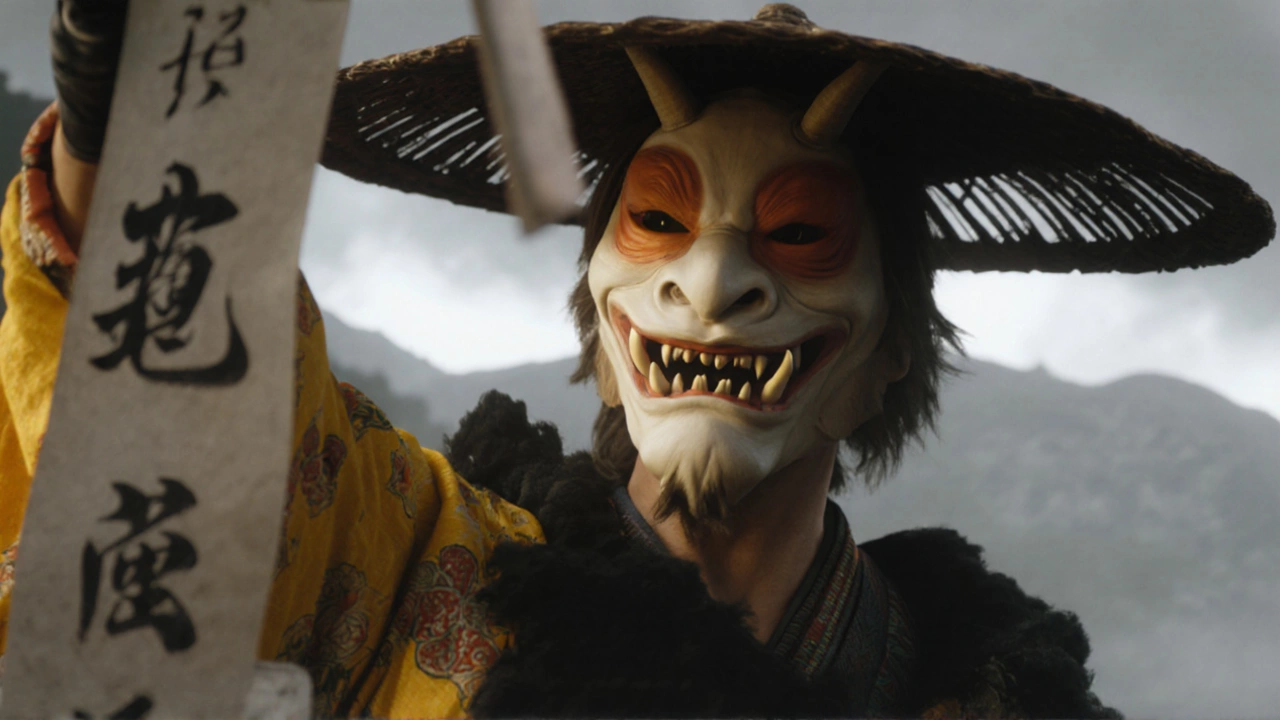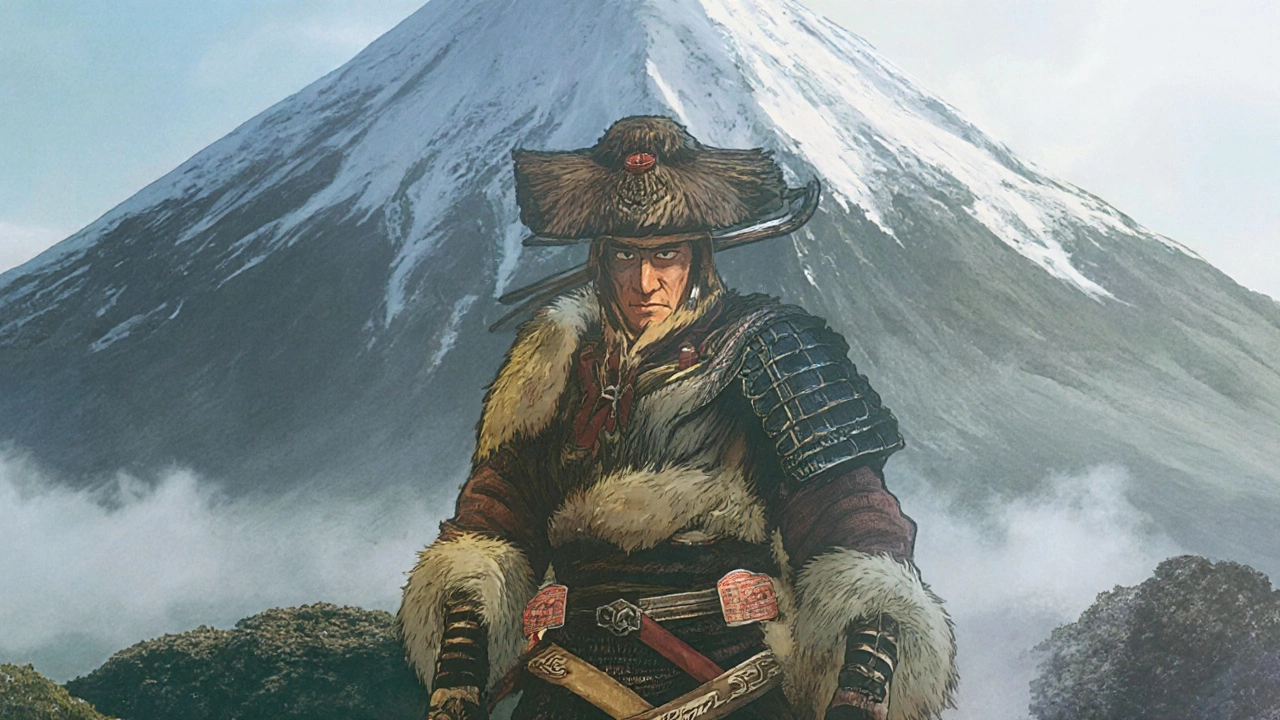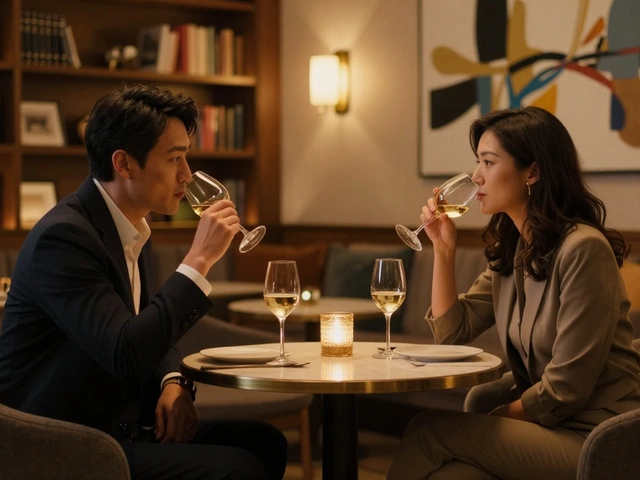Visuals and Technical Achievement
Ghost of Yotei immediately announces its ambition the moment you step onto the screen. The game swaps the mist‑shrouded islands of its predecessor for sprawling tundra, towering pines and snow‑capped peaks that literally stretch to the horizon. HDR lighting splashes a spectrum of reds, golds and icy blues across the foliage, making each blade of grass feel tangible. On a PS5 Pro you can toggle ray tracing and still keep a buttery‑smooth 60 fps, while the base PS5 holds a crisp 4K resolution without stutter. Ambient effects—rain that ripples on your map, wind that bends wheat, shifting shadows at dusk—create a world that lives and breathes, not just a backdrop for action.
Beyond eye‑candy, the technical foundation feels solid. Load times are under ten seconds thanks to the new SSD‑optimized streaming, and the audio engine layers distant war drums, chirping crickets and the soft clink of swords in such a way that you often glance around just to locate the source. All of this sets a high bar for next‑gen samurai titles.

Combat, Storytelling and World Design
The heart of any samurai game is its blade work, and Ghost of Yotei rewrites the rulebook. You control Atsu, a tormented mercenary, who carries five distinct melee weapons: a katana, a nodachi, a wakizashi, a spear, and a short blade. The combat system encourages you to weave between parries, swift strikes, weapon swaps and evasive rolls, turning each encounter into a choreographed dance. Tutorials are minimal; instead, the game rewards experimentation, letting you develop a personal rhythm that feels both deadly and elegant.
Storywise, the narrative picks up three centuries after Ghost of Tsushima, placing you in a Japan still haunted by clan loyalties yet fractured by emerging foreign influences. Atsu’s quest for vengeance is deeply personal—he’s hunting the warlord who razed his village—yet the plot is peppered with folklore. Mythical yokai appear as optional side‑quests, adding a layer of fantasy that enhances the historical setting without overwhelming it.
Exploration receives a thoughtful overhaul. Gone are endless arrays of floating icons; instead, the game introduces a card‑based mission system. When you spot a point of interest through the spyglass, a stylized card appears, offering a concise description and the choice to accept or ignore. This keeps the screen uncluttered and preserves immersion. Zones unlock gradually, each packed with meaningful encounters—bandit camps, hidden shrines, bounty contracts—so you never feel like you’re wandering into empty space.
- Dynamic weather that affects enemy patrols and combat visibility.
- Mythic legends that act as mini‑dungeons with unique loot.
- Bounty hunts that scale in difficulty, encouraging mastery of the combat system.
- Side missions revealed through the card system, each with its own narrative bite.
Even the map itself is alive. Raindrops appear on its surface during storms, and fog rolls in to hide distant landmarks, nudging you to rely on visual cues rather than a GPS. This organic approach makes each discovery feel earned.
Critics have pointed out that the underlying structure—a hub‑and‑spoke open world—remains familiar. Yet the refinements in combat fluidity, visual fidelity and the elegant quest overlay demonstrate that iteration, when done right, can feel revolutionary. Ghost of Yotei doesn’t just copy what worked before; it amplifies it, delivering a samurai experience that feels both grand in scope and intimate in execution.


